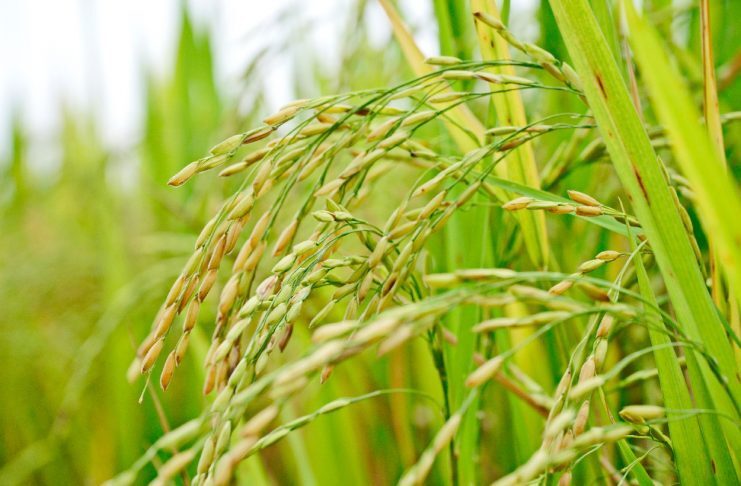OF THE
TIMES
Heaven and hell are eternal places because they are always present at the extremes of human existence, for better or for worse. People are constantly choosing between them, although they are generally not conscious of that in an articulated manner.
Sadly oats are really bad for you too. Not only do the plants get sprayed with glyphosate while they are growing, the oat seeds get sprayed after...
Two of the West’s best propagandists.
Dugin is a very good propagandist.
Bravo St George! Thank you for setting a precedent. Let the Baton Rouge welfare leeches and their enablers pay their own bills.
This article is very misleading (I think). The supply of money isn't evenly distributed within the population(For example, big tech companies and...
To submit an article for publication, see our Submission Guidelines
Reader comments do not necessarily reflect the views of the volunteers, editors, and directors of SOTT.net or the Quantum Future Group.
Some icons on this site were created by: Afterglow, Aha-Soft, AntialiasFactory, artdesigner.lv, Artura, DailyOverview, Everaldo, GraphicsFuel, IconFactory, Iconka, IconShock, Icons-Land, i-love-icons, KDE-look.org, Klukeart, mugenb16, Map Icons Collection, PetshopBoxStudio, VisualPharm, wbeiruti, WebIconset
Powered by PikaJS 🐁 and In·Site
Original content © 2002-2024 by Sott.net/Signs of the Times. See: FAIR USE NOTICE

The Neolithic era was the birth of the dumbing down of future civilisations, this article doesn't acknowledge that more advanced civilisations once flourished on Earth and I bet they didn't just eat rice.